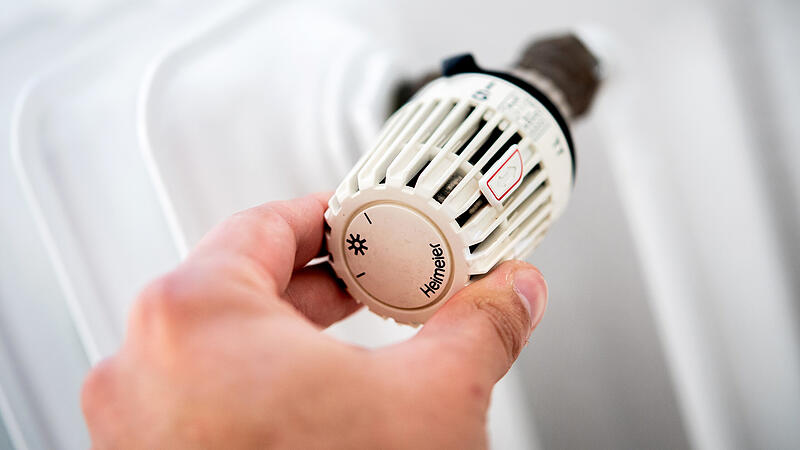The September inflation rate was revised upwards from 10.5 to 10.6 percent by the statistics agency.
“In the case of the two most important price drivers, household energy followed by fuel prices, the upward trend has come to an end for the time being,” said Tobias Thomas, chief of the authorities. On the other hand, inflation is affecting more and more areas of expenditure. “Apparel prices, which have hardly risen in recent months, saw a significant jump in prices in October.” In addition, the price spiral for furniture is turning faster and faster, while for food and gastronomy it is somewhat less dynamic, according to Thomas. Excluding spending on household energy and fuel, inflation would have been 7.3 percent.
Clothing and shoes increased in price by an average of 3.8 percent. In September, the increase was only 0.7 percent.
Housing, water and energy prices increased by an average of 19.2 percent and increased headline inflation, the main price driver, by 3.63 percentage points. Household energy prices in October this year were 58.8 percent higher than a year ago. Gas prices were 116.9 percent up on the previous year, but did not rise as much compared to September (112.9 percent). Solid fuels rose more significantly (October: +111.8 percent; September: +97.9 percent).
Price increases for daily shopping even higher
Heating oil prices rose 94.5 percent year-on-year in October after rising 105.3 percent year-on-year in September. At 24.6 percent, electricity prices rose significantly less dynamically in October than in September with 36.7 percent. According to Statistics Austria, this was “noticeably influenced by the Lower Austrian electricity price rebate”. District heating prices, on the other hand, remained at a high level at plus 61.2 percent.
The price increase for daily shopping was higher than overall. A weekly shop became significantly more expensive. The price level of the micro-shopping basket, which mainly contains food, but also daily newspapers or coffee in the coffee house and reflects daily shopping, rose by 12.2 percent year-on-year (September: +11.5 percent). The price level of the mini-shopping basket, which reflects a weekly purchase and contains food and services as well as fuel, rose by 15.5 percent year-on-year (September: +16.1 percent).
Driven by food prices, food and non-alcoholic beverages rose by an average of 14.4 percent and influenced overall inflation by 1.63 percentage points. The price pressure increased particularly for vegetables, which rose by 14.8 percent. Bread and cereal products also cost significantly more, up 14.4 percent. Meat prices rose 15.6 percent. Milk, cheese and eggs were 19 percent more expensive, oils and fats by 29.8 percent; including butter by a good 40 percent. Fruit rose in price by 6.4 percent. Non-alcoholic beverage prices rose 13.8 percent. The rise in prices also continued in restaurants and hotels with a plus of 11 percent.
Average price increases for transport, at 16.6 percent, were slightly less than in September (+17.5 percent). This was mainly due to the development of fuel prices (October: +39.5 percent; September: +43 percent). Used cars cost 24.1 percent more, new ones by 9.7 percent. Air tickets cost 32.5 percent more money.
Source: Nachrichten




